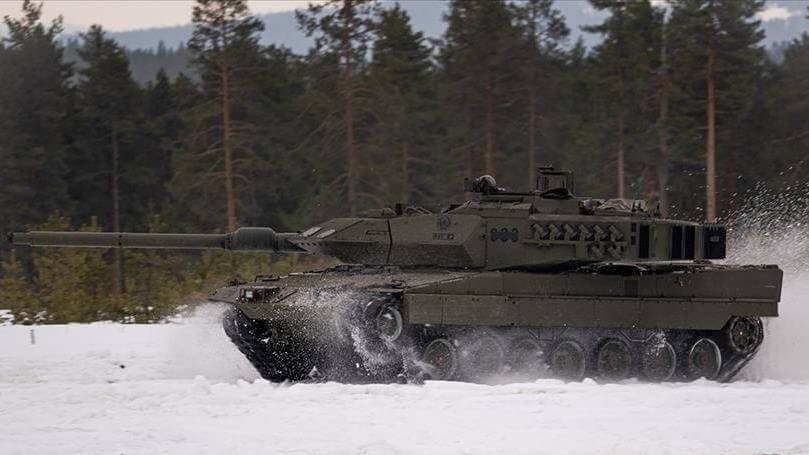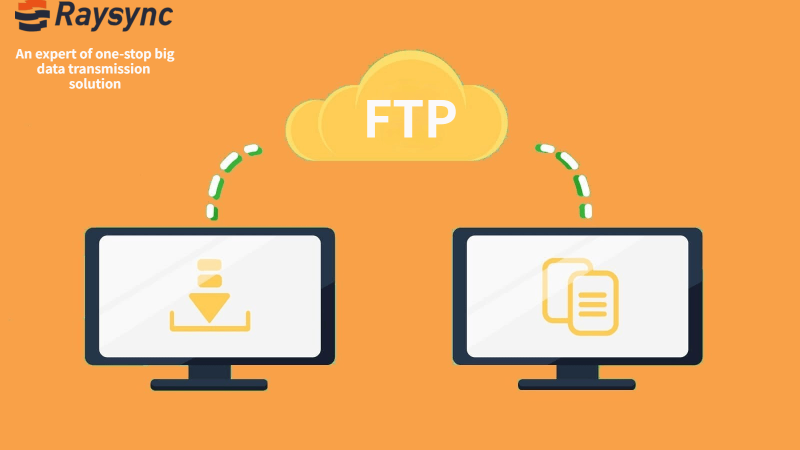Leopard cars for Ukraine: a solution or a problem?

The decision whether or not to send Leopard tanks to Ukraine has divided the members of the Contact Group that supply weapons to its Armed Forces. While countries such as the United Kingdom, Poland and Finland believe that their shipment will allow them to recover their offensive capacity, others do not believe that it is appropriate to do so. Still, they have accepted their shipment and only their effect on the battlefield will decide if they have been a solution or are going to be a problem.
Finally, and after a complicated decision-making process, the countries that support Ukraine have accepted the sending of battle tanks. It has been a serious decision for which the political leaders involved have personally assumed responsibility: Biden, Scholz, Duda, Niinisto or Sunak, and not their defense ministers because the decision has implications that go beyond the military aspects on which it has focused media monitoring: the quantity, quality, cost and delivery dates of the requested carts. The decision may have unintended consequences on the future of the war and governments have had to assess the risks of sending them and those of not doing so, because they will bear the responsibility and political cost of their decision.
All countries of the Contact Group maintain their support for the Ukrainian Armed Forcesand they collectively agree on what they should and should not supply. Until now, the sending of combat tanks was rejected due to their offensive nature, a category coined in the Treaty on Conventional Weapons in Europe to reduce the level of violence of the Cold War and which tanks share with combat planes, attack helicopters and heavy artillery. However, some countries such as the United Kingdom, Poland or Finland believe or wish that the tanks will allow Ukraine to recover the offensive momentum it has lost in recent weeks and have forced a break in consensus. Leopard cars for Ukraine The rest do not share the opportunity to send it, but they have not wanted to give Russia a division between them and have accepted – timidly and little by little – jumping the red line between defensive and offensive weapons.
The supply of defensive weapons has already experienced a progressive growth in the quantity, quality, lethality, range and diversity of the equipment sent, so it is to be expected that the same will happen with the latter and that, sooner or later, the shipment will be requested of more tanks, more accompanying equipment and new offensive weapons. Leopard cars for Ukraine Members of the Contact Group have provided defensive means to the Ukrainian Armed Forces to facilitate the defense of Kyiv, the containment of the Russian offensive, and even the autumn counteroffensive in the east and south of the country. But if the tanks they are going to send do not achieve the groundbreaking effect that is intended, the Contact Group would find it necessary to increase its bet, send more tanks and the means to avoid a new failure.
The members of the Contact Group have been crossing the red lines that they have imposed themselves and although they avoid crossing them alone, so as not to be the first to do so, they all assume the same responsibility for the consequences. That is why it is up to their political leaders to explain the reasons why decisions are made and the risks that are taken or avoided in doing so. And given the divergences observed between them, it is to be hoped that these can be replicated among the coalitions, parliaments and the societies they represent, so they should expect increased political and social scrutiny over the weapons they have just supplied.
Once the decision is made, it will be necessary to be attentive to its effect on the battlefield. The number of tanks to be supplied seems to be around a hundred, an insufficient amount to significantly increase the Ukrainian offensive capacity in the short term. In addition, it is not known when they will be able to intervene in the operations, because time is needed to train the crews and tank units, provide them with the support means that accompany them and organize the logistics chain that guarantees the maintenance and sustainability of the operations. same. Although the Ukrainian Armed Forces are proving their ability to speed up all training processes, the tanks will take several months before becoming effective. The use of armored and mechanized units is very demanding at any of the tactical levels,
Under the conditions described, it does not seem that the cars sent will have the disruptive effect that their mentors expected. And if they don’t, expect Ukraine to demand more offensive weapons to try again ., thus the members of the Contact Group will be forced to forge a new consensus. Leopard cars for Ukraine When it comes time to do so, the political leaders of the time will find themselves in a less favorable political and social environment for the supply of offensive weapons to Ukraine than it is today, because doubts about their usefulness in dislodging Russia from the occupied territories will grow and lines will diminish. red ones that remain to be surpassed. In short, the shipment of Leopard tanks has little chance of being a solution to the armed conflict in Ukraine, and if it is not, it has a good chance of becoming an additional problem.
Elcano Grandstands
Initiative of the institute that aims to collect the analyzes carried out by experts on topics that are within the scope of our research agenda . Their publication is not subject to a fixed periodicity, but rather they will appear as current events or the importance of events advise us to go in search of the interpretation that the broad academic community that collaborates with the Elcano Royal Institute may propose, or members of the Institute research team.






